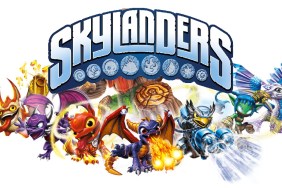With just two days of release under its belt, Pyre has already turned into quite the sensation. Indeed, one would expect nothing less from Supergiant Games, the studio behind both Bastion and Transistor, each of which have appeared on countless “Best Indie Games of All Time” lists.
That said, Supergiant Games has kept with its formula of not keeping to a formula, creating yet…
-
Incredibly fun, original gameplay
-
In-depth RPG elements
-
Game stays fresh throughout multiple playthroughs
-
Challenging A.I. that really knows its own game mode
-
Beautiful art and animation style
-
Well-made original soundtrack
-
Emotional, well-told story
-
Fully customizable controls
-
No online multiplayer











